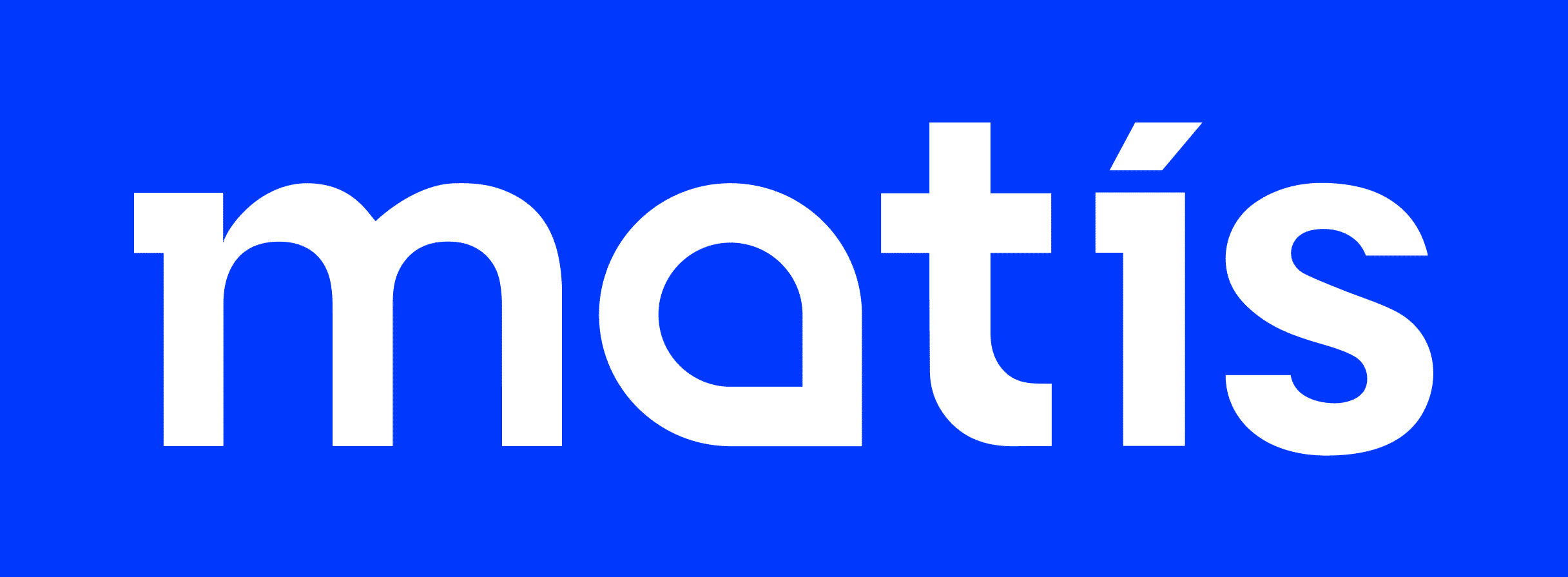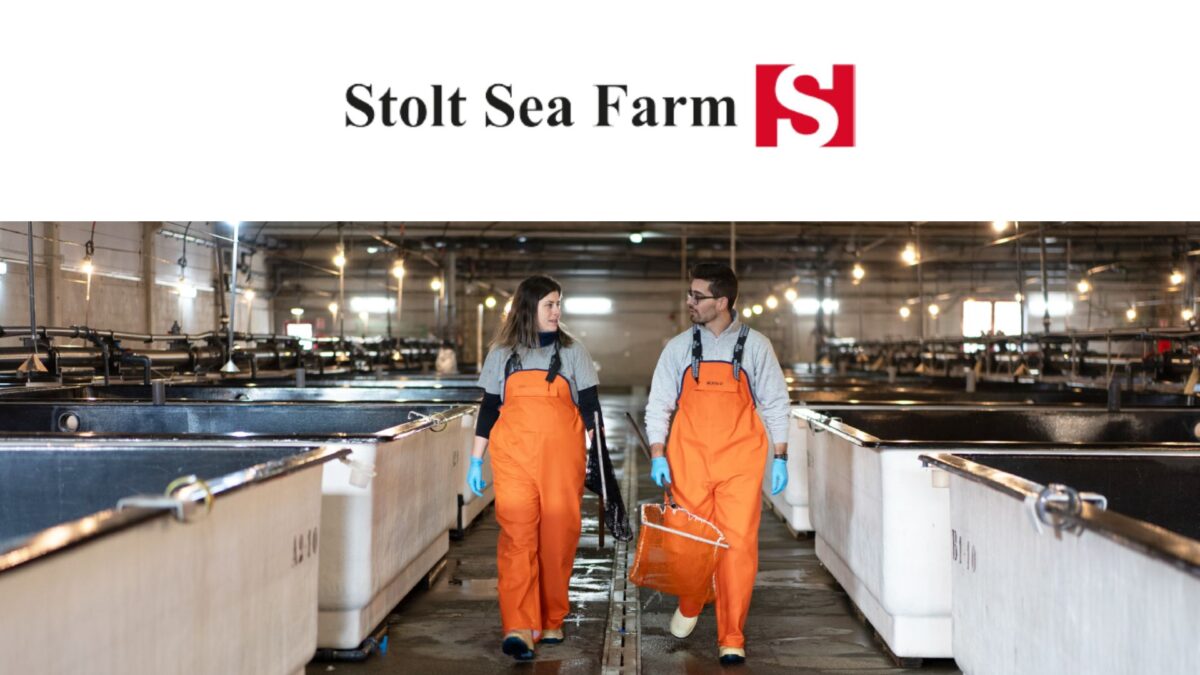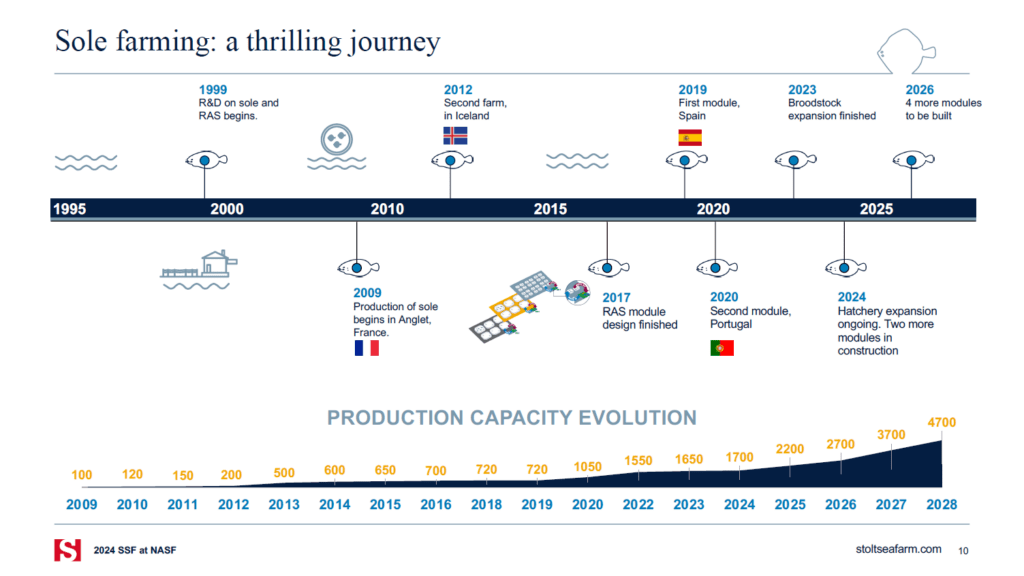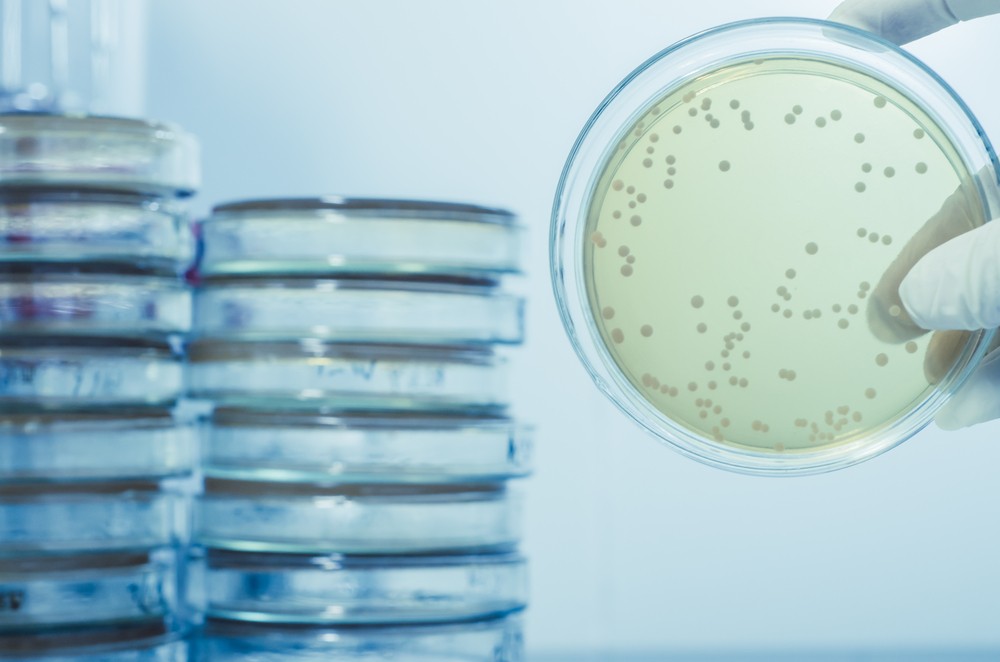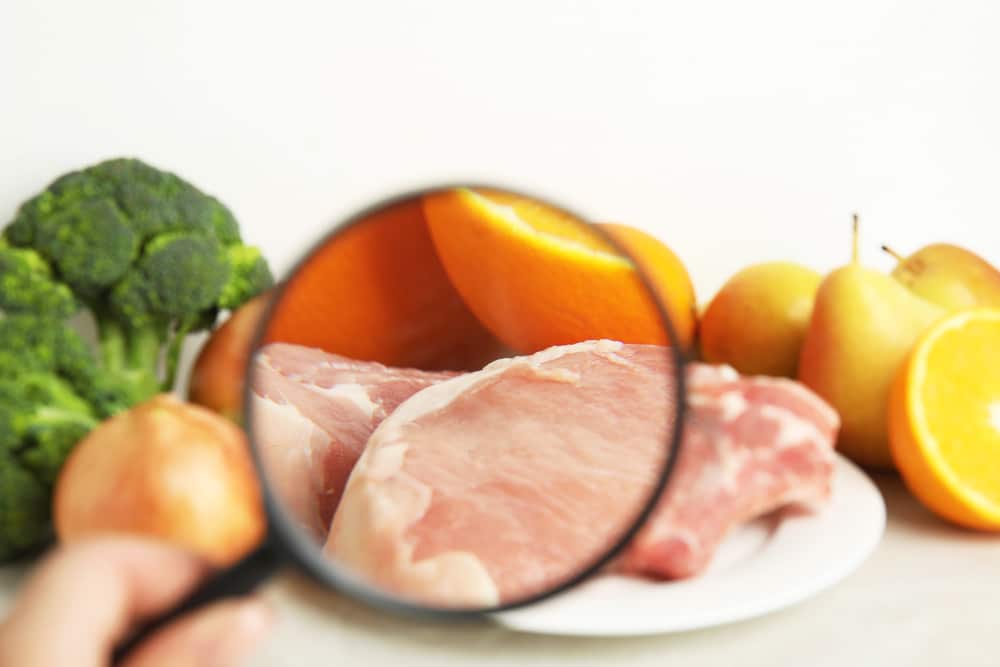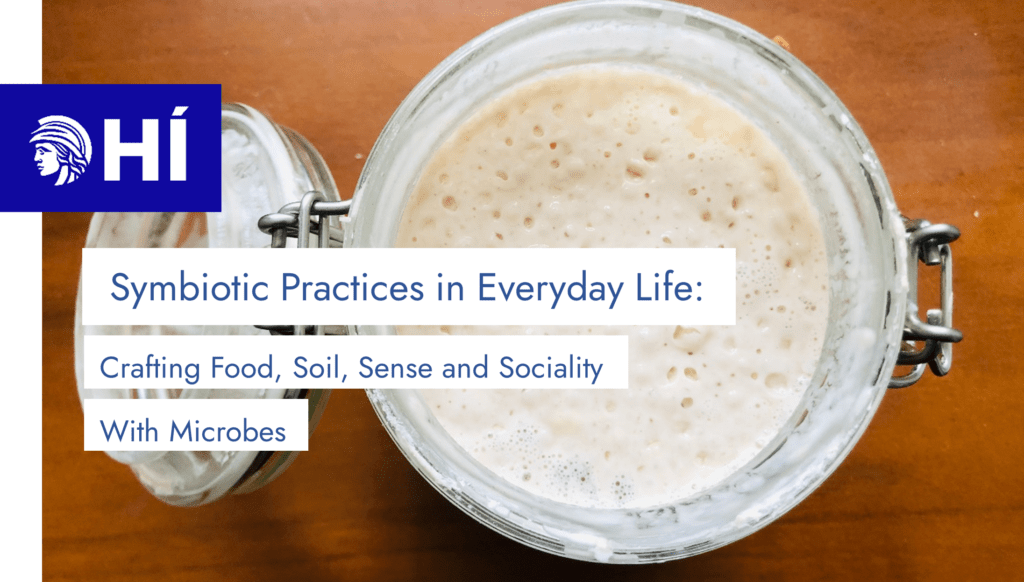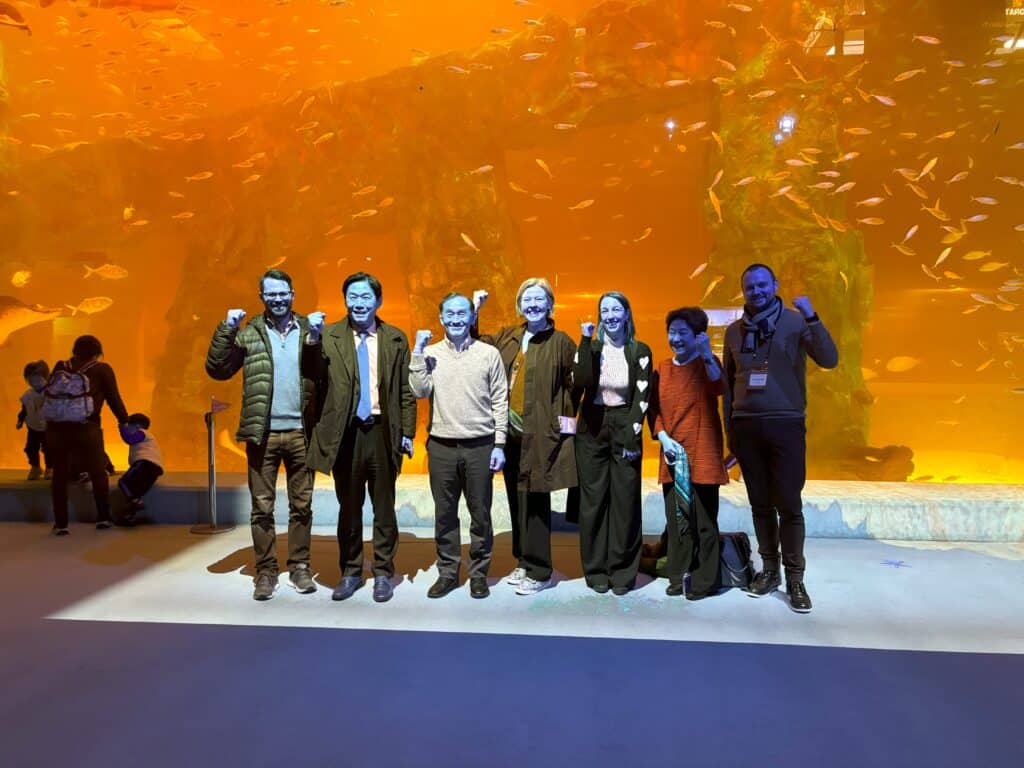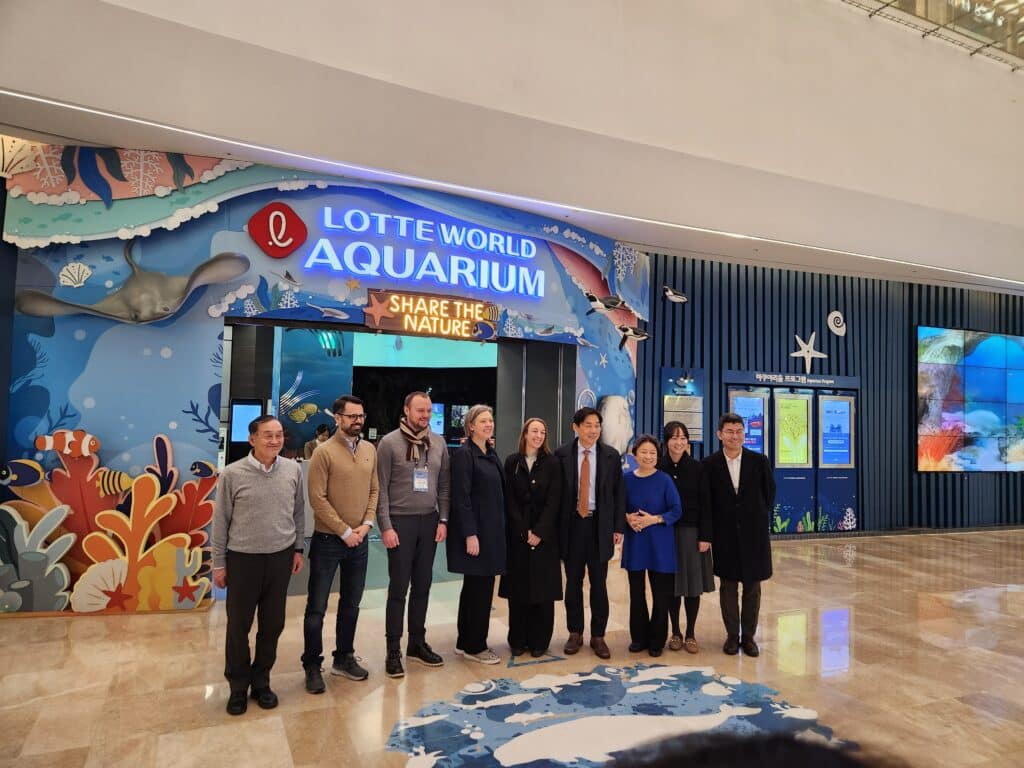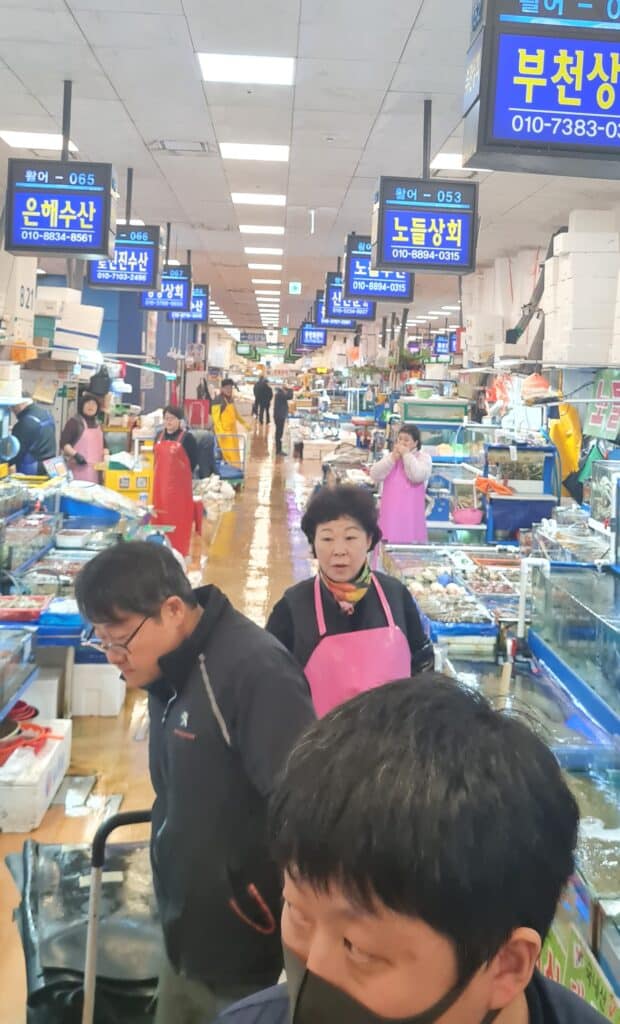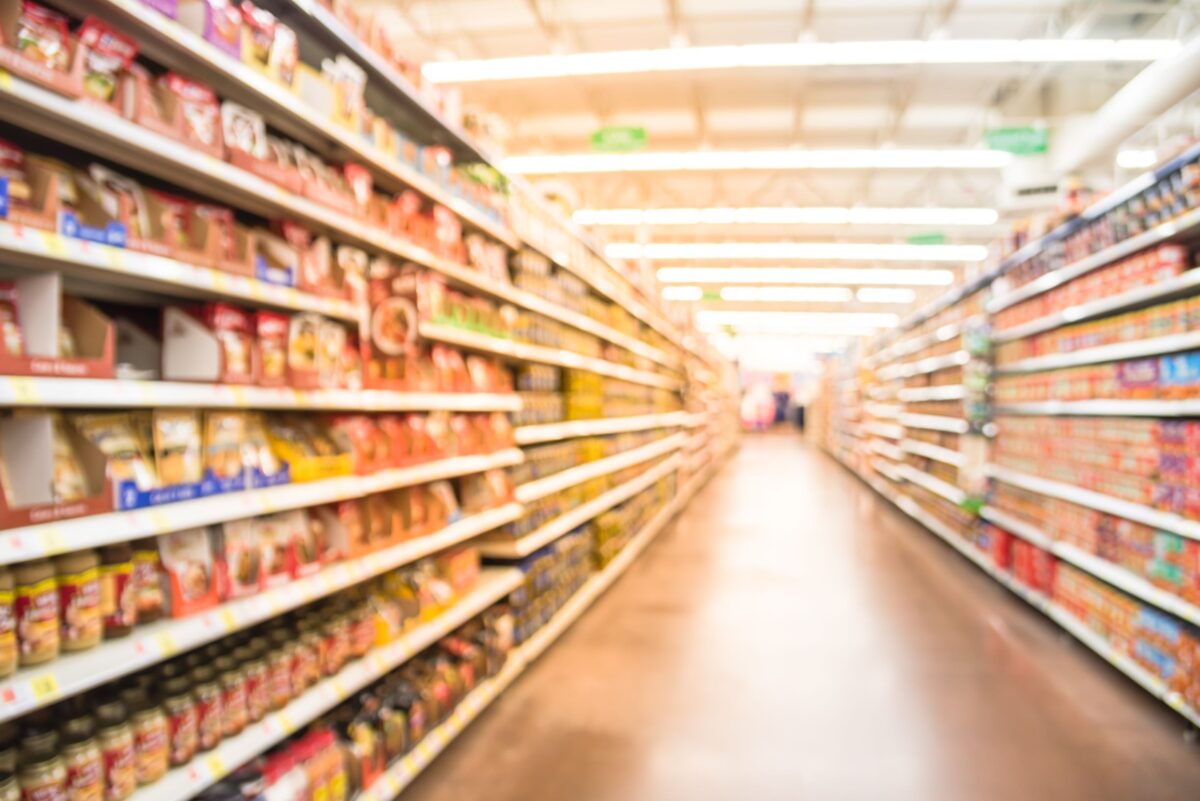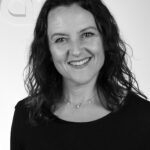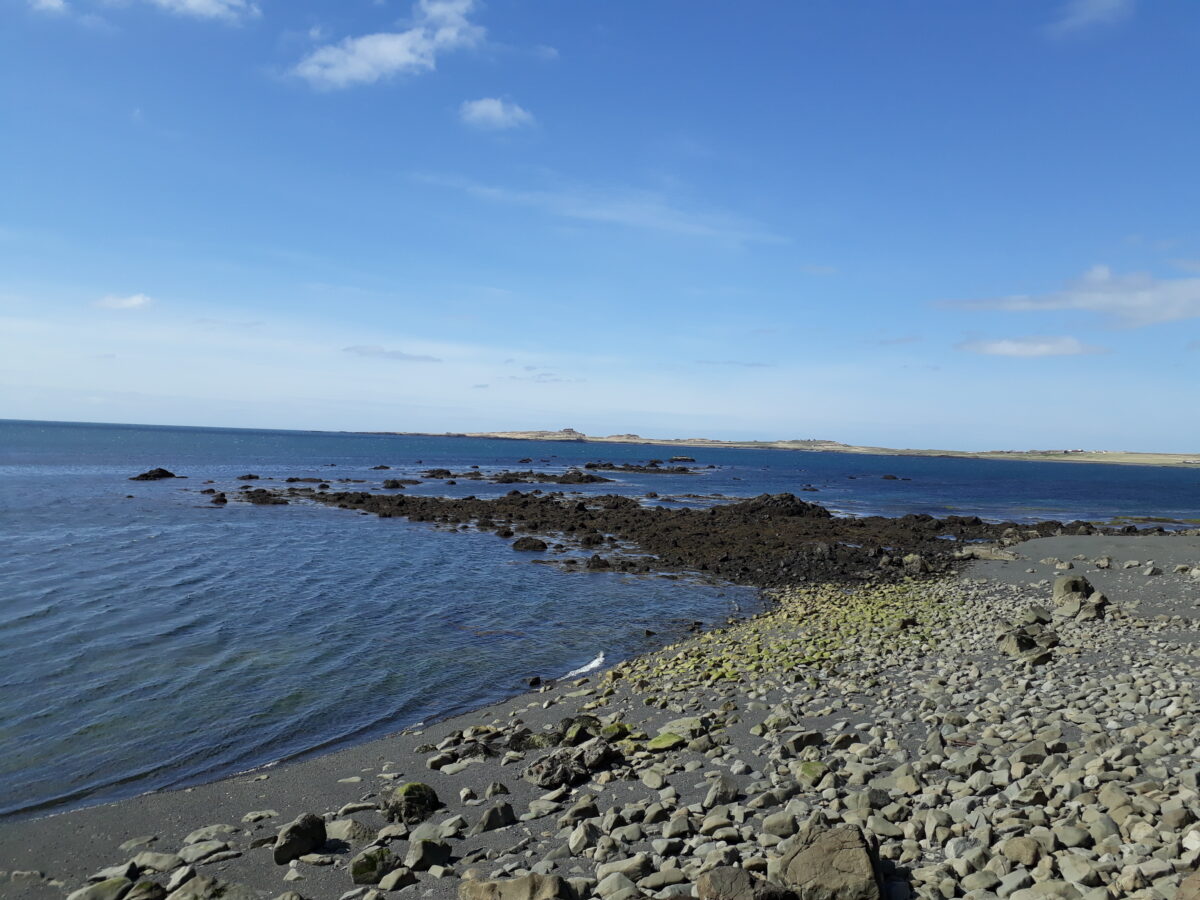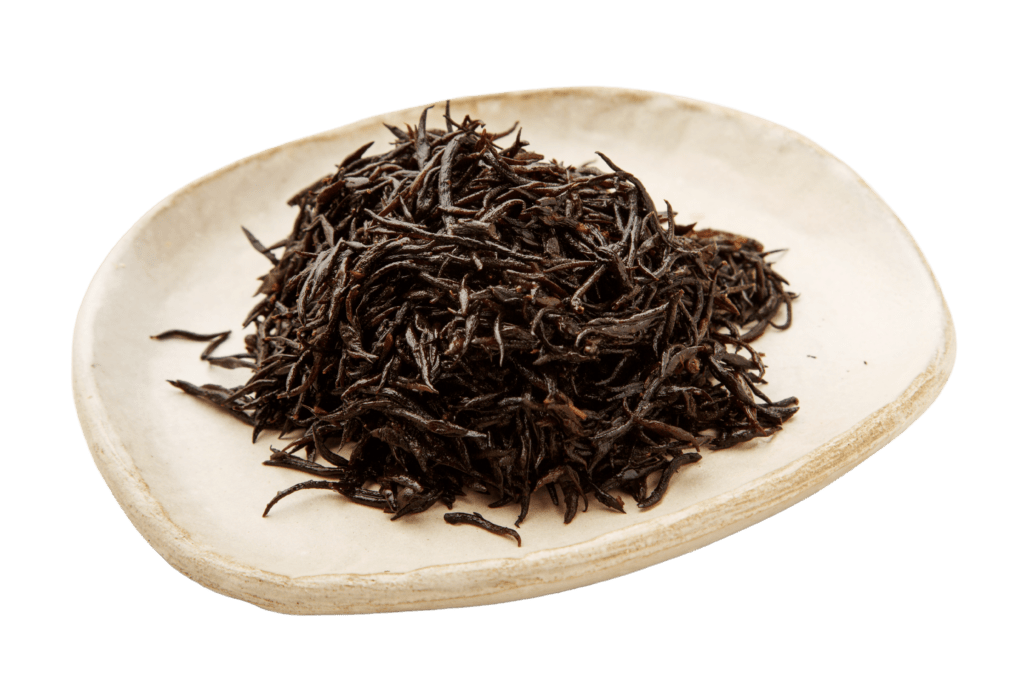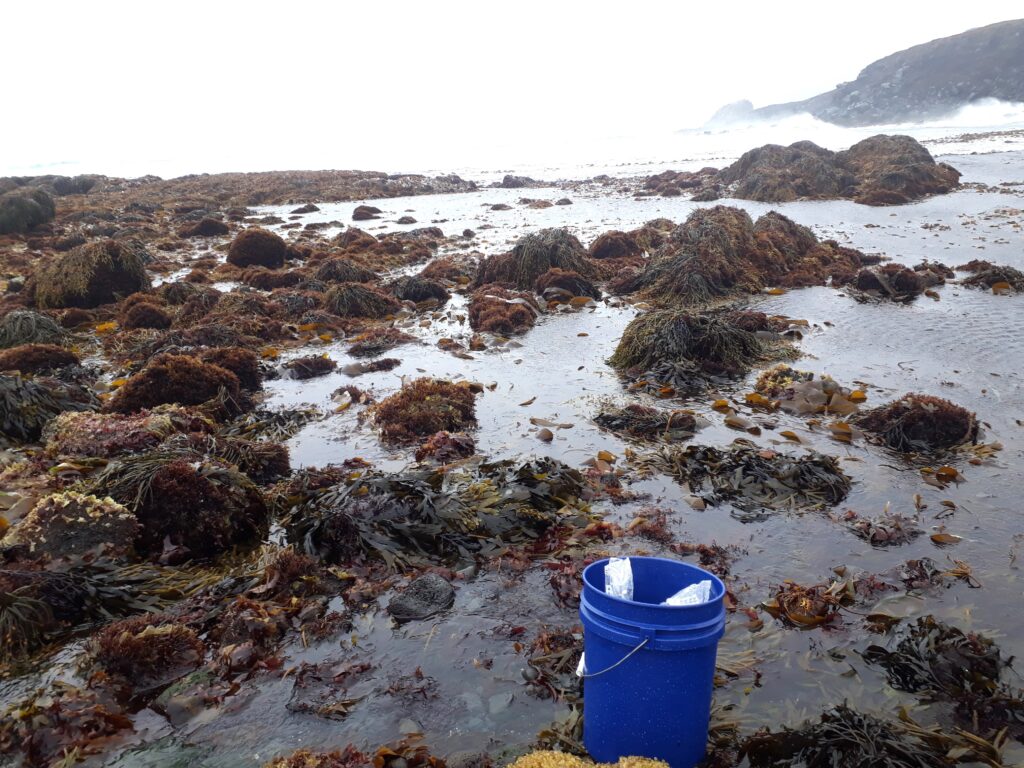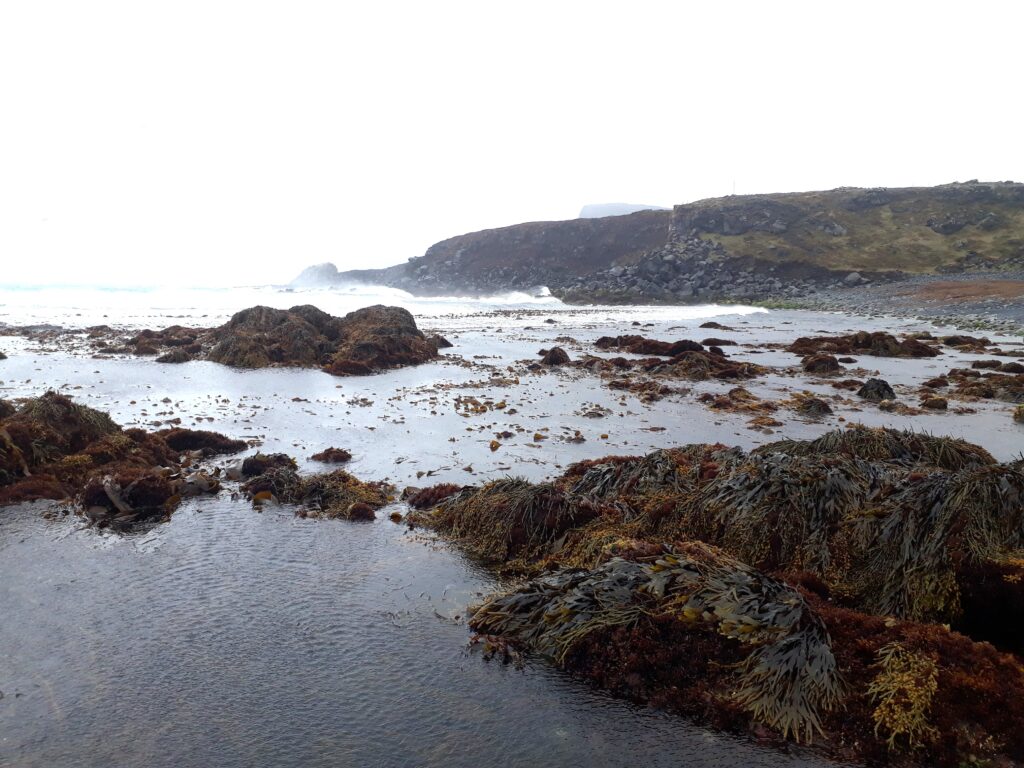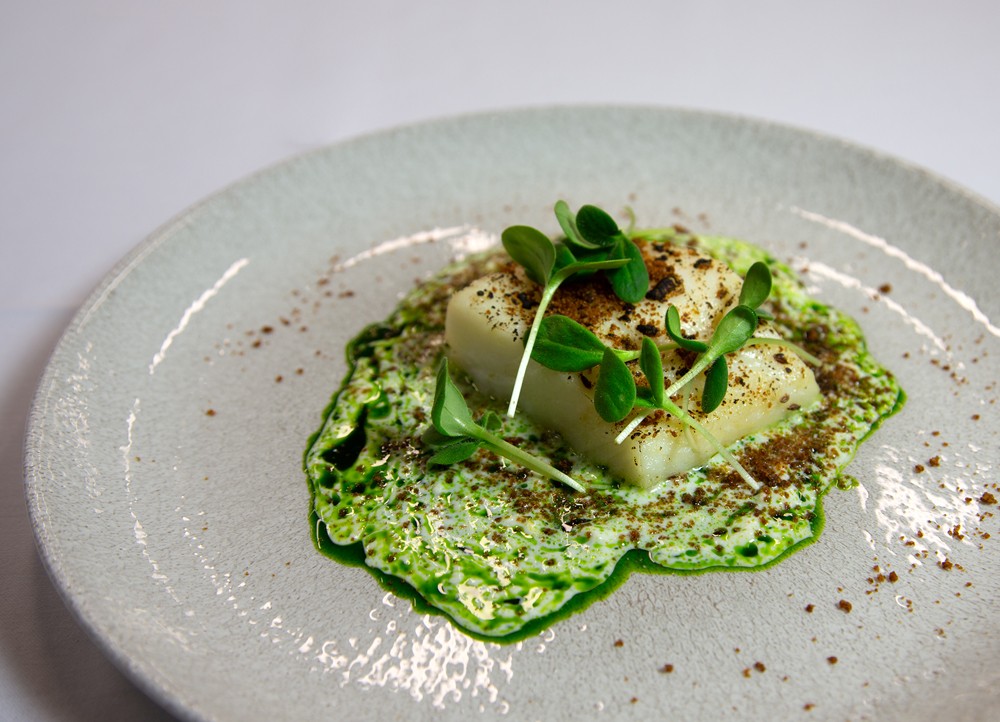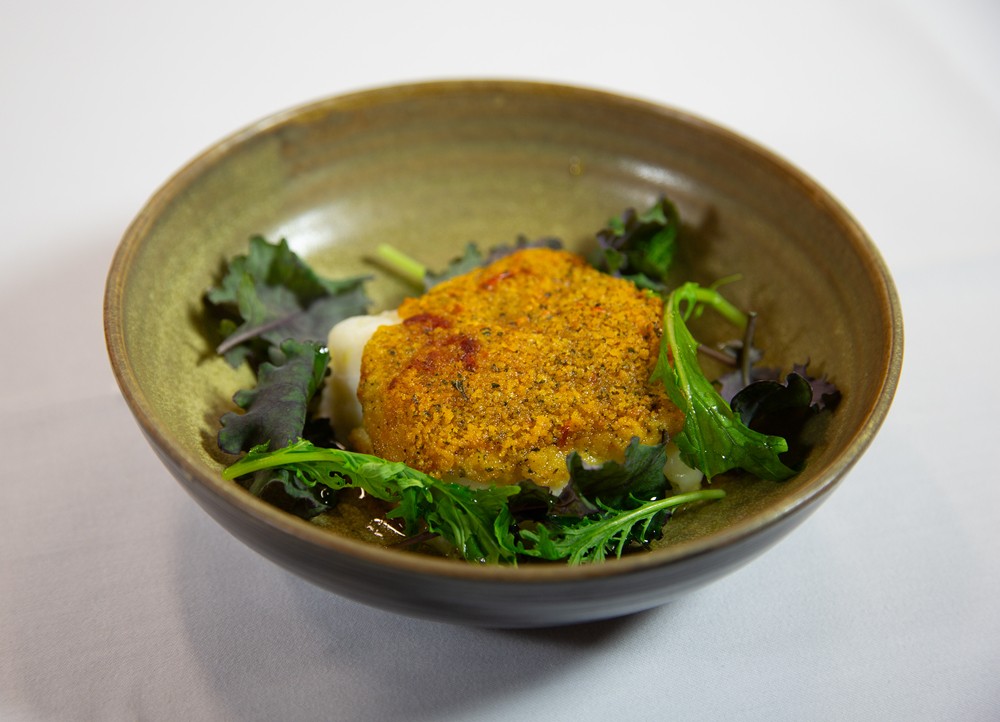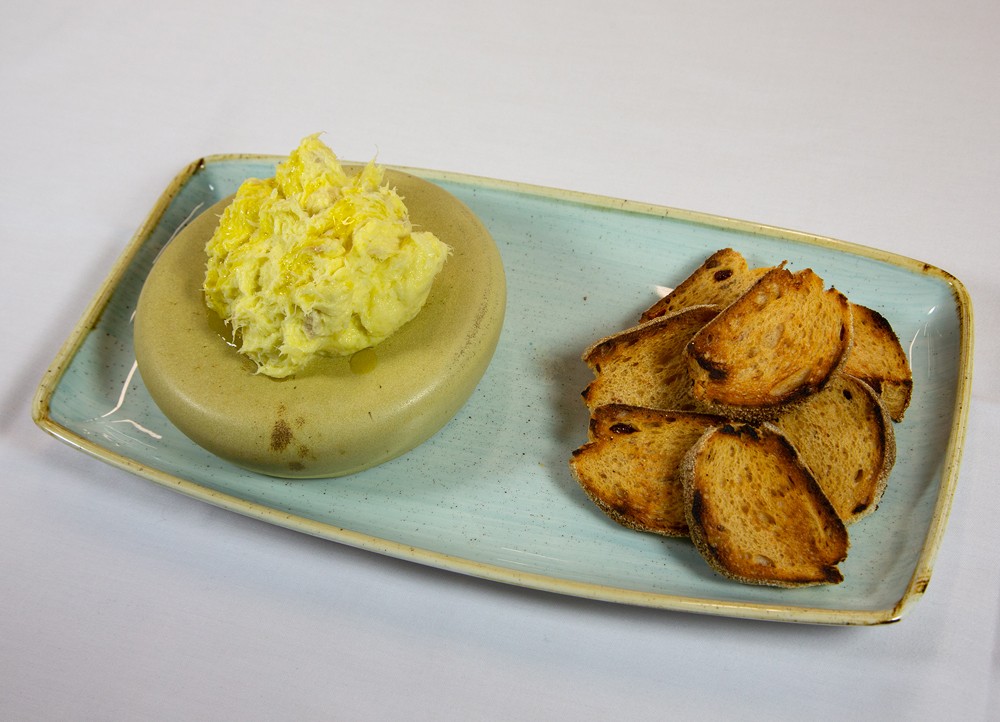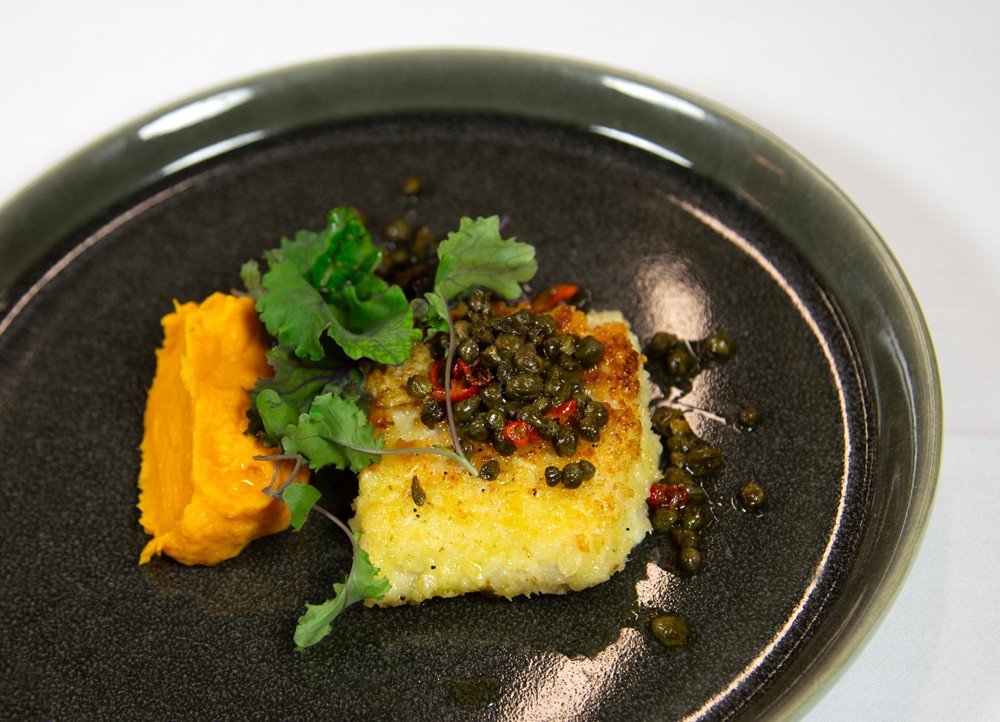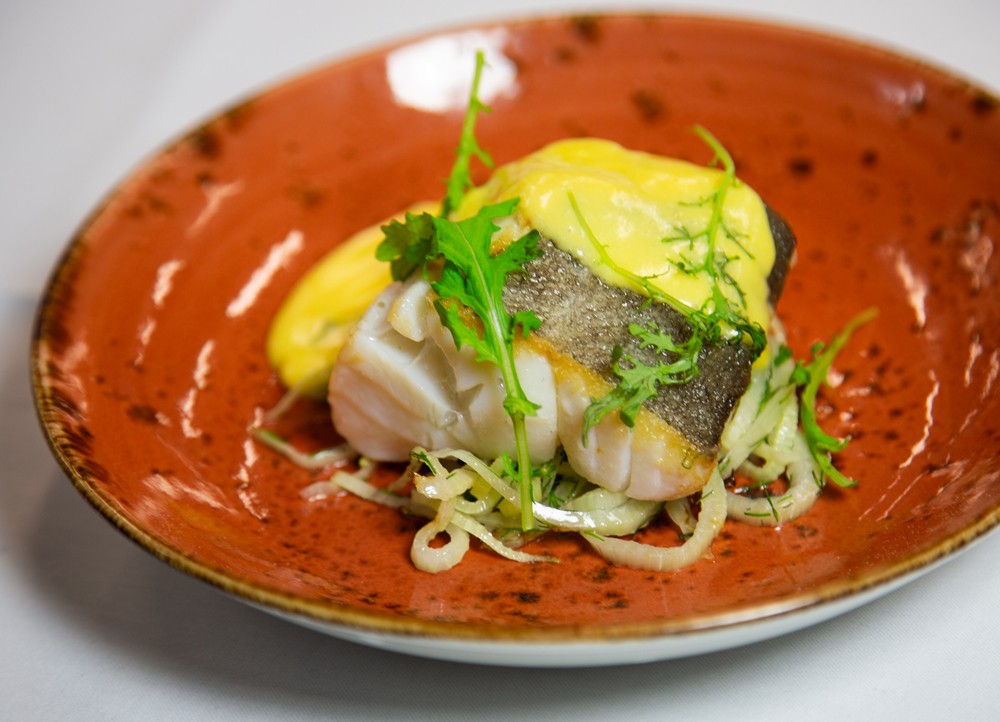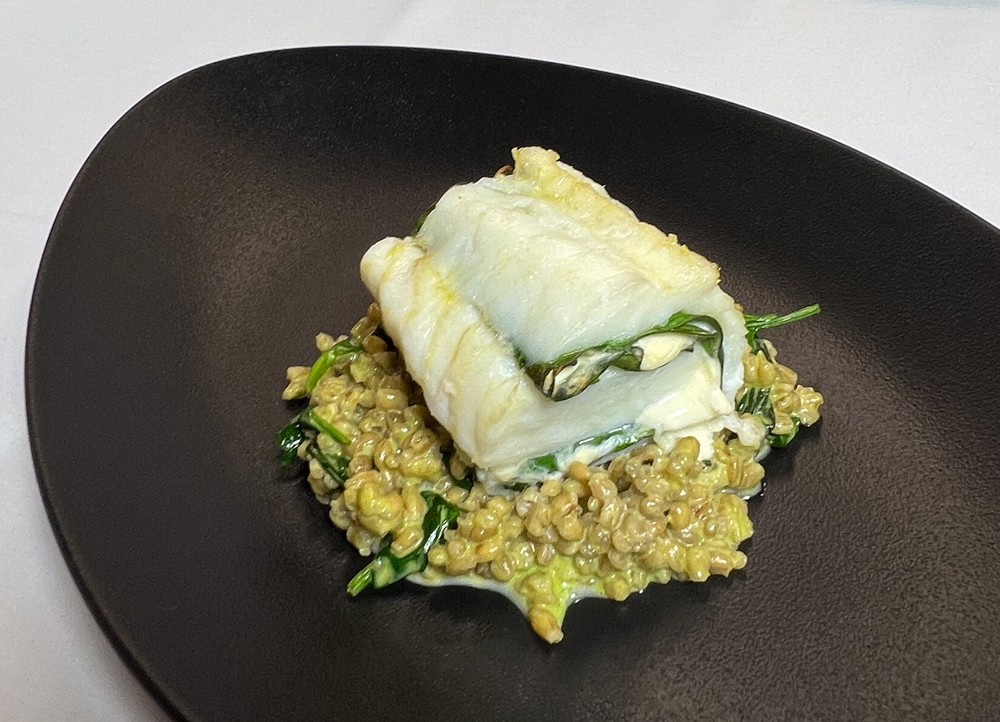Contact
Kolbrún Sveinsdóttir
Project Manager
kolbrun.sveinsdottir@matis.is
Most of the foods we eat are processed in some way. Food processing is actually necessary to ensure sufficient food supply for people in urban areas. If food could not be transported over long distances and preserved, food waste would be blinding and the lives of people in urban areas would be different. Food processing is therefore a prerequisite for food security, but food security means that all individuals always have access to enough nutritious food. On the other hand, food safety means that food is safe for consumption and does not cause foodborne diseases (food infections and foodborne diseases caused by bacteria, other microorganisms, viruses or toxins).
Food processing has developed rapidly in recent decades, and the supply of all kinds of food is enormous. There is concern that we have lost track of the production of nutritious foods. Food production costs can be reduced and consumer prices can be reduced by using a lot of sugar and water-binding substances in food. You can achieve great taste and make the food almost ready to eat for people who don't have time to cook. This is the reason why in 2009 the so-called NOVA scale was presented, where foods are classified according to how much they are processed. In the fourth category are foods that are the most processed and have been called ultra-processed foods. This classification offers research on the relationship between processed foods and health, but research has typically focused on the relationship between individual substances and health. It is important to take into account the definition of processed food at the international level, as has been pointed out in scientific articles that have examined the relationship between processed food and health.
Recommendations have been made that encourage people to avoid consuming processed foods. These foods are not ordinary nutritious foods. It is not always easy to find out which foods are processed, as the definitions have changed somewhat in recent years. It is therefore natural to wonder how best to identify processed foods.
Fast food
Fermented foods are generally high in energy due to the high amount of sugar and/or fat, but this high amount reduces the percentage of important nutrients in return. It could be said that a lot of processing means that the food is mashed a lot and it allows people to consume the food in a short time, without effort. These are foods that are often called fast food. One additional characteristic is that various substances such as dyes and sweeteners are used to make the food palatable.
Fermented foods have not necessarily gone through many processing steps, but rather these foods can be attributed to monotony or large changes in composition at the expense of nutritional value. There is no easy way to find processed foods. It is best to consider whether the foods are high in energy, contain a lot of sugar, unhealthy fats, a lot of salt, dyes and artificial sweeteners, but little in important nutrients such as fibre, proteins and vitamins. The addition of nutrients to increase the nutritional value would be beneficial. The definition of processed foods cannot be based on the fact that they contain a certain number of ingredients, nor that all the ingredients are available in consumers' kitchens. A long shelf life also does not prove that it is a processed food, as canned sardines and milk heated at high temperatures are not processed foods.
Some examples
Breakfast cereal is often mentioned in connection with processed foods, but here you have to be careful, as only some breakfast cereals are loaded with sugar (fermented), but a significant selection of breakfast cereals is minimally processed. There are examples of cereal with a long ingredient list, but it still contains a significant amount of fiber and no more sugar than fresh milk. When choosing a cereal, you need to look specifically at the sugar content and added substances such as dyes.
Sweets and most snacks can be considered highly processed due to high processing, and sweets also due to their sugar content, and snacks often due to fat and salt. Sugary soft drinks can be considered processed because of the sugar content, even though the processing steps are relatively few.
The consumption of herbal drinks (for example, oat drink) has increased a lot in recent years, among other things, due to interest in plant-based food. The processing of these drinks is rather simple, although the process is very similar to the process for cow's milk. Regular herbal drinks are far from being processed.
Mixed dishes, bread sandwiches and more of that kind are generally not processed, even if the ingredients description is long. Low-processed ingredients can be arranged so that the products are consumed in a short time. Processed food products, on the other hand, are created when the raw materials are extensively processed, their nature is changed and the product is held together by the use of chemicals. A vegan meat substitute was available commercially a while back. The ingredients were many and met the requirement of being from the plant kingdom. It can be said that it was a technical achievement to tie the ingredients together and make them look like meat, but the result is hardly in the spirit of those who prefer a vegetarian diet. Additives came into play there, and the same can be said for many heavily processed foods.
Additives and additives
Food additives are substances added to food in order to affect the shelf life, color, texture or other properties of food. The term additive is defined in regulations and is therefore used for these substances in food. The term additive is often mistakenly used for additives, but it should rather be used for auxiliary substances in industrial products. Only those additives that the European Food Safety Authority has assessed and recognized as not harmful to people's health may be used in food. Additives must be specified in the ingredient descriptions of foods. The additives appear under a chemical name or as the letter E and a number, while the E stands for Europe. People can therefore always find out what the topic is and can point to it The Food Agency's website (www.mast.is) in that regard. Instructions on how the additives are permitted to be used can be found in the regulation, which contains a separate list of the additives that are permitted to be used in each type of food. Authorizations for the use of additives are revised in Europe if there is reasoned suspicion that they are harmful.
Additives are divided into categories and include preservatives, sweeteners, coloring agents and binders. Lactic acid (E270) can be taken as an example of a preservative. It is therefore clear that some additives are also found as natural substances in unprocessed foods. However, there are additives that are created by chemical methods, such as azo dyes such as azorubin (E122). Other pigments are as natural as can be, carotene (E160) are the substances that give the vegetation its beautiful autumn colors.
An example of the usefulness of additives is when lactic acid is added to a food product in order to lower the acidity so that bacteria, which can cause foodborne diseases, cannot grow. The correct use of additives is therefore important for consumers. The example of the use of the additive lactic acid is an action to ensure food safety.
There is no reason to avoid foods with few additives. The situation is different when the production of food is based on numerous additives. Then it is right to ask what purpose all the additives serve. It is likely that it is processed food. It must be kept in mind that some people are allergic or intolerant to certain additives.
Health claims and health products
Claims on food packaging are subject to strict rules defined in regulations. On the Food Agency's website, there is a good discussion about the permitted use of the claims. Claims of loyalty are of two types. Nutrition claims are claims about nutrients in the food product, and in each case certain defined limits are set for the respective nutrients. On the other hand, there are health claims that discuss that there is a connection between health and a certain food product or substances in it. Only health claims that have been confirmed by scientific research may be used. Before a health claim is allowed in Europe, the available results of such studies are reviewed by EFSA, which is a food safety agency within the European Union, and the use of the claims is subject to clear conditions. It is the role of the health inspectors of rural associations under the supervision of the Swedish Food Agency to monitor that the claims on food packaging are correct.
However, the term health product has no defined meaning. It primarily has an advertising value to create a positive image. In the discussion, it has been argued that health products are usually processed foods. Unfortunately, there is a lot of information chaos about the healthiness of food on social media and in various discussions, so there is reason to consider the information carefully. When discussing health products, one should look at the labels on the packaging and read the ingredient descriptions, nutritional values and permitted claims.
Energy drinks
Energy drinks are a separate chapter, the name is misleading because almost all of them contain no energy ingredients. Instead, energy drinks are intended to achieve a stimulating effect and therefore contain various active substances such as caffeine. Despite the few processing steps, energy drinks are often discussed with processed foods and then because the composition is completely different from normal drinks. In fact, energy drinks should not be grouped with food.
To consumers
There is no need to avoid generally processed foods, as it would then be difficult to find enough and varied food. It is best to build on a good knowledge of the composition of food and look at the ingredient descriptions and nutritional values on food packaging. Of course, it is wisest to avoid unhealthy foods, but these are often processed foods. Simple definitions of processed foods do not exist, as complex definitions and long texts may be needed. The concept of processed foods has proven to be useful in research on the relationship between food and health, but it has been pointed out that methods of classifying processed foods still need revision. It is therefore important that consumers rely on their own judgment rather than lists of processed foods. It must be borne in mind that the composition of food can change.
Food production is changing and companies need to respond to consumer preferences. Consumers have a strong influence and the industry stops production of what does not sell. Ahead is a development in the food industry. Many food manufacturers are aware of consumer concerns about the overuse of additives. Product development in the food industry focuses, among other things, on using natural raw material components instead of additives to ensure sufficient shelf life, while also ensuring food safety. It is to be expected that new nutritious and healthy ingredients will see the light of day in the coming years from algae, herbs and other sources of nature, as there is a great need to increase the availability of nutritious food for more of the world's inhabitants.
final words
A definition of processed foods may be more suitable for research purposes than for guiding people on precise food choices. It is important to seek knowledge about foods, choose healthy foods and avoid extremes in their composition.
There has never been as much information available as it is today. This applies to food like anything else. However, obtaining reliable information and verifying it has become more work than before. The compilation of this small article revealed a large number of texts on the substances in processed foods, their effects on health and harm. There was a lot of good information, but also conflicting information and in some cases outright wrong. Therefore, it is important not to be too quick to draw conclusions, but to examine sources carefully and compare sources. And never distribute information until you are sure of its value. Dietary advice and the importance of a varied diet can be pointed out website of the Office of the National Medical Examiner. The effects of processed foods on health are discussed in other articles in this paper.
Sources
On the Food Agency's website you can find information about additives, health claims, energy drinks and foodborne illnesses. On website of the National Medical Examiner's Office you can find recommendations for a healthy diet. Other sources can be found with this article in the article collection at sibs.is under Educational Materials.
Authors: Kolbrún Sveinsdóttir and Ólafur Reykdal
The article originally appeared in the February issue of SÍBS newspaper this year.
